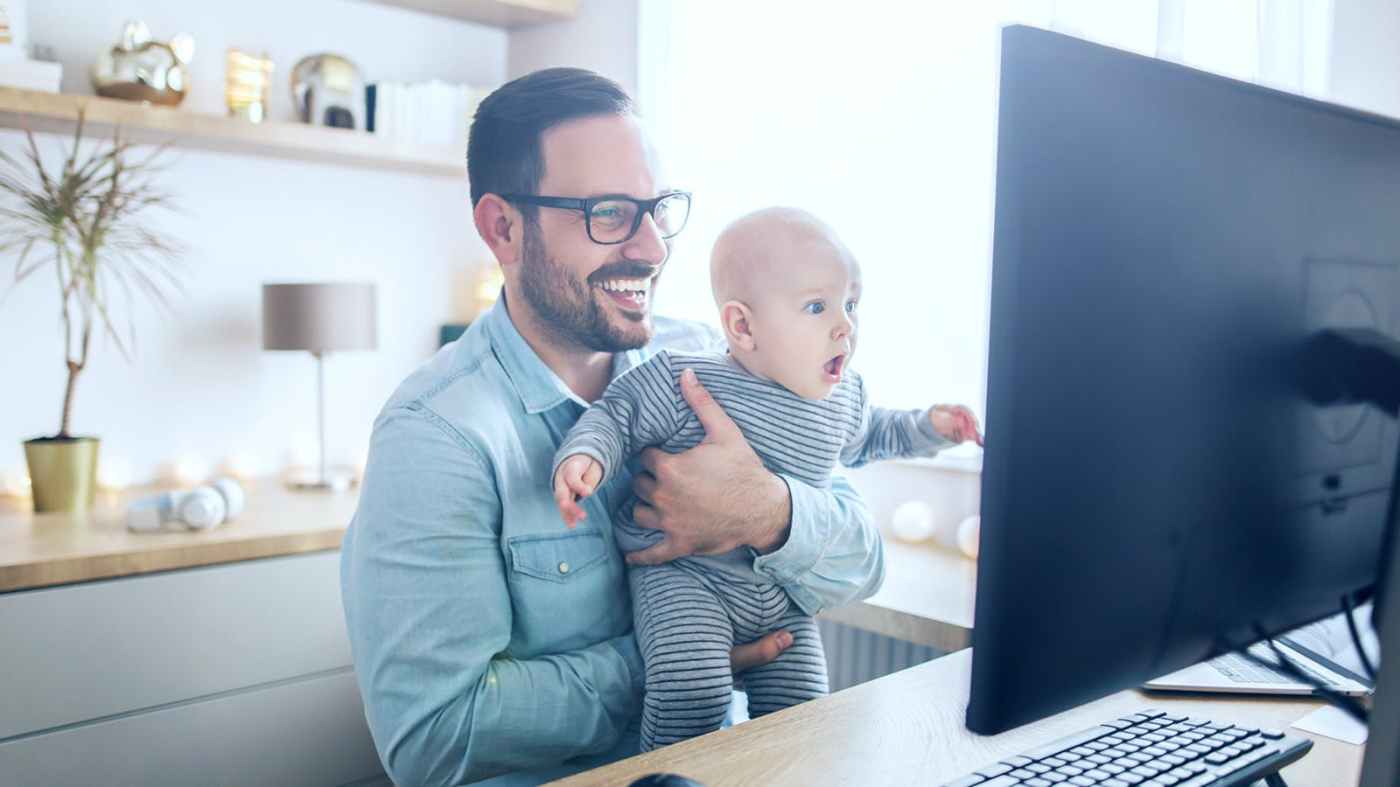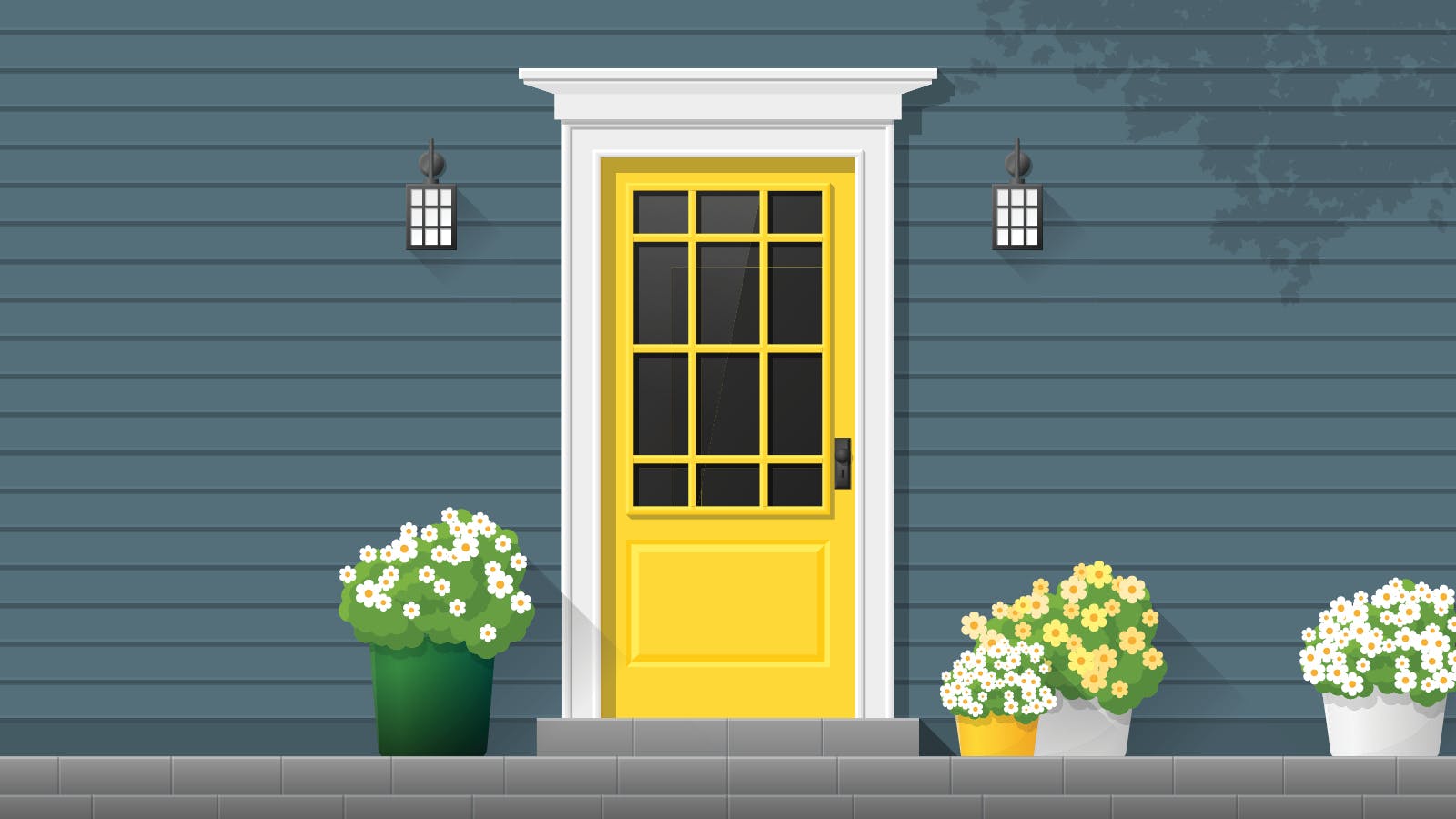The global COVID-19 pandemic has impacted nearly every aspect of our home lives, from how we choose to decorate to how we can safely connect with new neighbors. After all, with many Americans still working, learning and socializing from home, our spaces are being utilized like never before. Here are the top five ways that the COVID-19 pandemic has fundamentally changed our homes.
Floor plans
While open floor plans have reigned supreme since the 1990s (Veranda, 2020), the pandemic has renewed interest in distinct, designated spaces. Families with multiple members working or learning from home, in particular, are benefiting from the privacy and even acoustics provided by segmented rooms. “I’m as guilty as the next designer of celebrating the open floor plan for its entertaining value, but living in one giant echo chamber is certainly less appealing now,” said Emily Farnham, an LA-based architect (Elle Decor, 2021). “A few well-placed doors might save you from Zooming in your laundry room or podcasting from your closet—and might also give your children a chance to truly focus during their online lesson.”
Multi-use furniture
If you rent, live in a small space or otherwise can’t commit to something as permanent as an altered floor plan, you’ve likely observed similar, albeit smaller, shifts within your space. As our homes became classrooms, gyms and workspaces, furniture that does double duty has become essential. Not everyone has access to a private study, or a formal dining room. As a result, attractive but functional pieces, from secretary desks to storage ottomans, will continue to characterize interiors in our new reality (HGTV).
Health and wellness
With an increased emphasis on health and safety, materials and finishes that promote cleanliness have become essential. From hands-free technology to easy-clean fabrics and surfaces, home design is experiencing a new emphasis on health. Some homeowners may take this a step further, with additional home wellness initiatives. Moving forward, interior designers expect to see an uptick in requests for in-home health monitoring, professional services and physical activity options (Elle Decor, 2021). Luxury health and wellness perks including personal saunas and cold-water baths could become much more commonplace.
Livability
While spending more time at home, perhaps with additional family members, many owners have realized that livability wasn’t exactly prioritized in the past. Whether enduring uncomfortable furniture or regularly scrubbing an impractical white-on-white color scheme, there’s been a marked shift to more personalized and livable spaces. Expect the push toward de-cluttered, reimagined, and customized spaces optimized for each individual owner to continue moving forward (Architectural Digest, 2020).
Natural influence
Of course, as interaction with the outside world remains limited, outdoor spaces and other natural influence reign supreme. From pleasing views to natural light, incorporating some organic elements can provide, quite literally, a breath of fresh air. Moving forward, experts predict that homeowners across the nation will continue finding creative ways to bring the outdoors in, whether shopping around for an expansive backyard or simply cracking a window (Elle Decor, 2021).
From designated home offices to highly coveted outdoor spaces, the global COVID-19 pandemic has fundamentally changed the ways in which we design, optimize and enjoy our spaces. The past year has opened the door to new trends, features and, perhaps eventually, norms. Whether large or small, these adjustments and adaptations can help us all feel a bit more at home in this new reality.
Published on March 15, 2021


